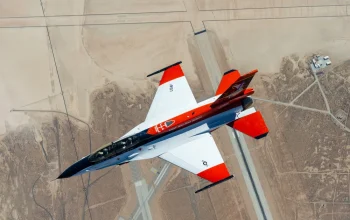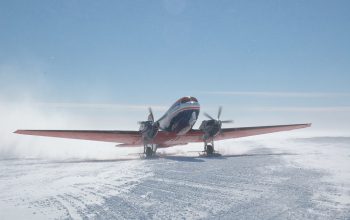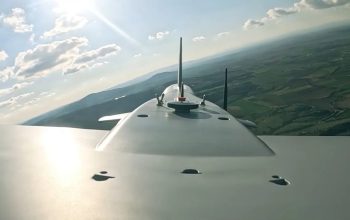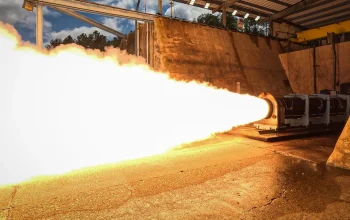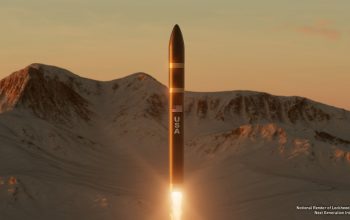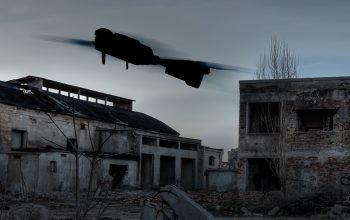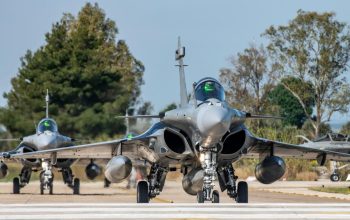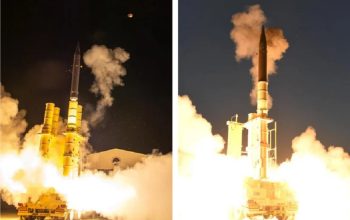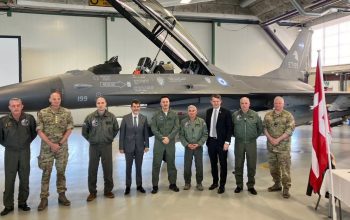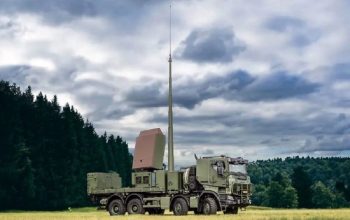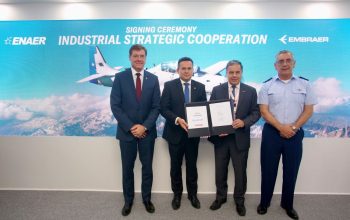The F-35 builds on a strong legacy of F-16 production at Air Force Plant 4 in Fort Worth. Air Force Plant 4 began operations in west Fort Worth on April 18, 1942. Construction was completed in less than a year. To satisfy the blackout conditions necessary for wartime, the plant had no windows. As such, it needed a lot of lights and air conditioning – the bill of which was equivalent to $282,000 per month in today’s dollars.
Bombers were the focus in the 1940s and 1950s, earning the facility a nickname among locals that endures today: the “bomber plant.” Production of the B-24 Liberator began in February 1942 while parts of the facility were still under construction. Eventually 2,743 B-24’s were produced in Fort Worth. President Franklin Delano Roosevelt visited Air Force Plant 4 in 1942 for the delivery of the first B-24.
In the early 1960s, development and production began on the F-111 Aardvark, a supersonic, tactical attack aircraft. A total of 564 were produced in Fort Worth, earning the plant a new nickname: the “fighter factory.”
Development on the F-16 began in the early 1970s. The goal with F-16 was to create a simpler and smaller alternative to the larger and more complex fighter aircraft common during that time. The F-16 did just that and proved to be a game-changer among fighter jets with its smooth blended-wing body; fly-by-wire system that kept the design stable, improved response time and increased agility; and an enhanced cockpit.
Prior to the mid-1970s, the Fort Worth plant had been a U.S. Air Force-only supplier. The F-16 changed that. The fighter was so innovative and successful that eventually more than 4,500 were produced – 3,630 in Fort Worth – for more than 25 countries. At the peak production level in 1987, the F-16 production team was able to deliver 30 fighters per month. While production continues today, the last F-16 built in Fort Worth will be delivered in fall 2017.
During the mid-1970s, the number of employees at the plant had dwindled to about 8,000 – as F-111 production wrapped up and the F-16 was still under development. The number rebounded in the 1980s, however, with more than 30,000 employed by 1986, mostly for F-16.
After the end of the Cold War, the Fort Worth plant had to reinvent itself yet again. In the early 1990s, F-16 production had slowed, new program wins were scarce, and the A-12 development program was cancelled in 1991 – resulting in thousands of jobs lost. It was a difficult time for the plant and the Fort Worth community.
But employees looked for innovative ways to secure new business with existing programs, and that ultimately secured the future of the plant in Fort Worth. F-16 sales expanded into new markets in Asia and the Middle East. Fort Worth earned a contract to build the mid-fuselage for F-22 Raptor before it was shipped to Marietta for final assembly. And a focus on advanced manufacturing techniques, design innovation and Lean approaches helped position Lockheed Martin to win the F-35 Joint Strike Fighter contract in 2001 – setting the stage for decades of future growth.
The last two decades in Fort Worth have been heavily focused on F-35 development and production. The F-35 is the world’s most advanced multi-role fighter – providing unmatched capabilities to military forces around the world, securing high-tech, high-skill jobs for hundreds of thousands of people worldwide, and elevating international security by allowing for more integrated coalition operations.



